Ask Ethan # 75: How can we still see the Big Bang?
If he happened billions of years ago, what is he still doing here?
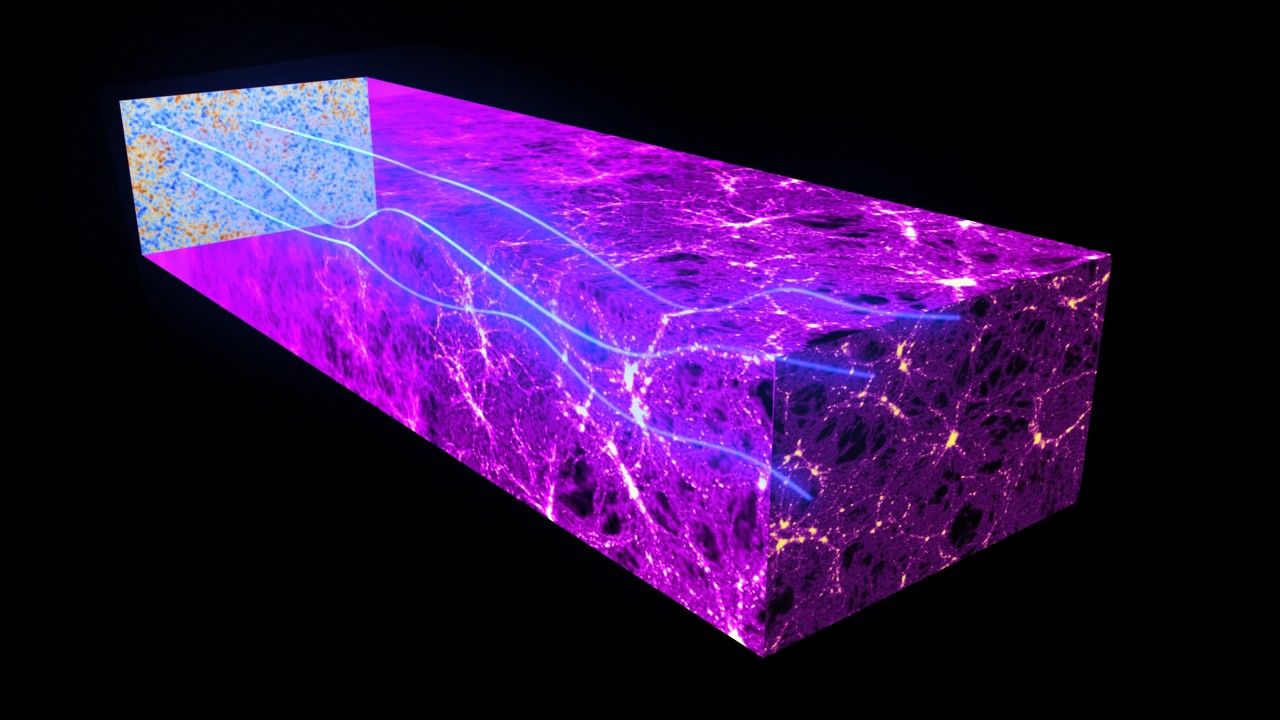
We love to recognize only that which already shines, although it is more noble to support the light before it shines, and not after
- Dezhan Stoyanovich
Sometimes the simplest questions entail the deepest answers, and provide an opportunity to delve deep into the subject of perception of the fabric of the universe. This week, sorting through your questions and suggestions, I could not get past the beautiful but direct question from Joseph Macfarland, who wants to know:
Why do we continue to detect cosmic background radiation? The fact that we continue to endlessly observe cosmic background radiation, billions of years after its occurrence, is evidence of inflation, or that the Universe is curved into itself (finite, but limitless)? Or, if these factors do not affect, what could be the explanation?
Let's think about the history of the universe.
')

Specifically, let's think about why we generally can detect cosmic background radiation. The story begins at the moment of the Big Bang, or, more precisely, during the hot Big Bang.

The hot Big Bang happened about 13.8 billion years ago, when the Universe first came out of an inflationary state — one where all energy was inherent in space itself — and turned into matter, anti-matter and radiation. You can imagine inflation as an unstable field, like a ball on top of a hill, which then rolls down into a valley.
While the ball is at the top, the space expands at an exponential speed. When he rolled, and begins to oscillate back and forth, the energy of space turns into matter, antimatter and radiation: a process known as reheating.
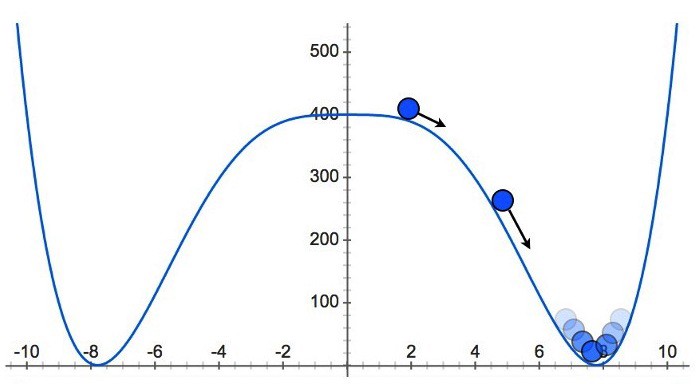
Then the Universe continues to expand, but since it is filled with matter, antimatter and radiation, the expansion rate cannot remain as great. The speed, according to GR, is tied to the energy density of the Universe, that is, to the amount of energy per unit volume.
When we had a situation with the energy inherent in the space itself, then with the expansion of the Universe, additional empty space was simply added, and the energy density remained the same. But now we have a lot of stuff in the Universe and the density becomes less as it expands. In the case of radiation, the wavelength of light also increases, so the Universe becomes not only less dense, but also colder.
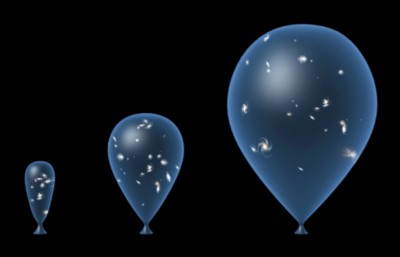
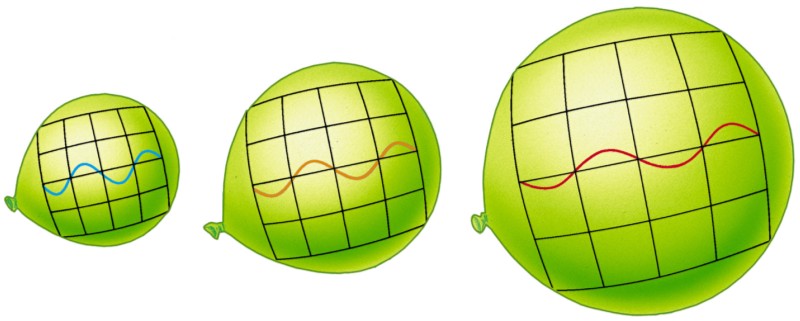
Expanding and cooling from an incredibly hot, dense, homogeneous, rapidly expanding state to a cold, lumpy, slowly expanding state, the Universe faces many important events:
- The main symmetries present at high energies are broken, leading to the appearance of such things as the rest mass of the particles.
- The universe is cooled so much that photons no longer spontaneously form matter / antimatter vapors. The extra antimatter annihilates, and only one particle of matter per 1,400,000,000 photons remains.
- The strength and frequency of interactions fall so much that neutrinos cease to interact with everything else in the universe.
- The temperature of the photons drops sufficiently so that stable atomic nuclei can form.
- The temperature drops a little more - a million times - and now neutral atoms are formed.
- After that, regions with higher density are transformed into stars, galaxies and clusters, and the modern Universe appears, and the photon energy continues to fall due to the continuing expansion.
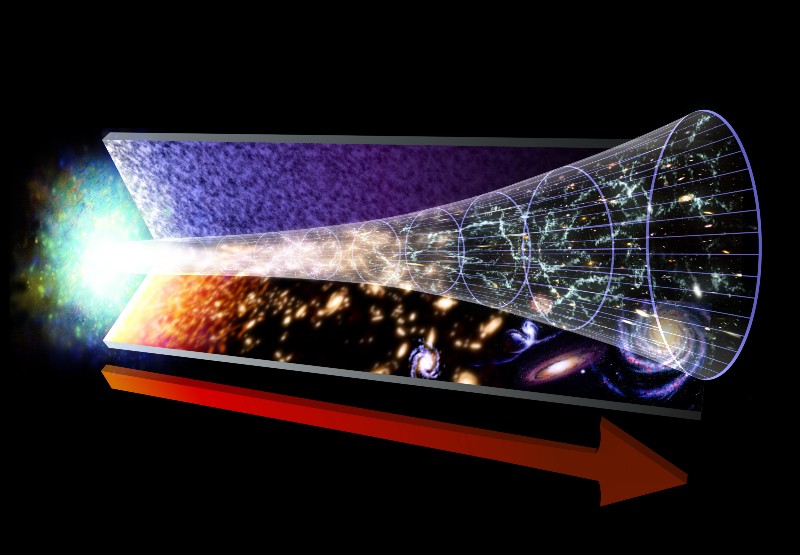
The penultimate step, about neutral atoms, just marks the appearance of cosmic microwave radiation (KMI). Until then, all atoms are ionized, that is, only positively charged nuclei and free electrons floating in a sea of photons. But photons have an extremely large scattering cross-section with electrons, that is, they very often collide.
Only when the Universe cools sufficiently and becomes neutral, photons cease to meet with free electrons and only neutral stable atoms “see”. And since atoms absorb photons with special frequencies, and the frequency of most existing photons is not the same, these atoms are, in fact, transparent to almost all photons of the Universe!


Due to the fact that the Universe has expanded and cooled for a very long time, we can take our position in space, fix it and be upset that all the light from the time of the Big Bang from surrounding areas passed by us for 13.8 billion years.
All the stars, galaxies, large-scale structures, gas clouds, space voids, located at distances of thousands, millions, billions, and even tens of billions of years from us, have seen their light from KMI for a very long time.
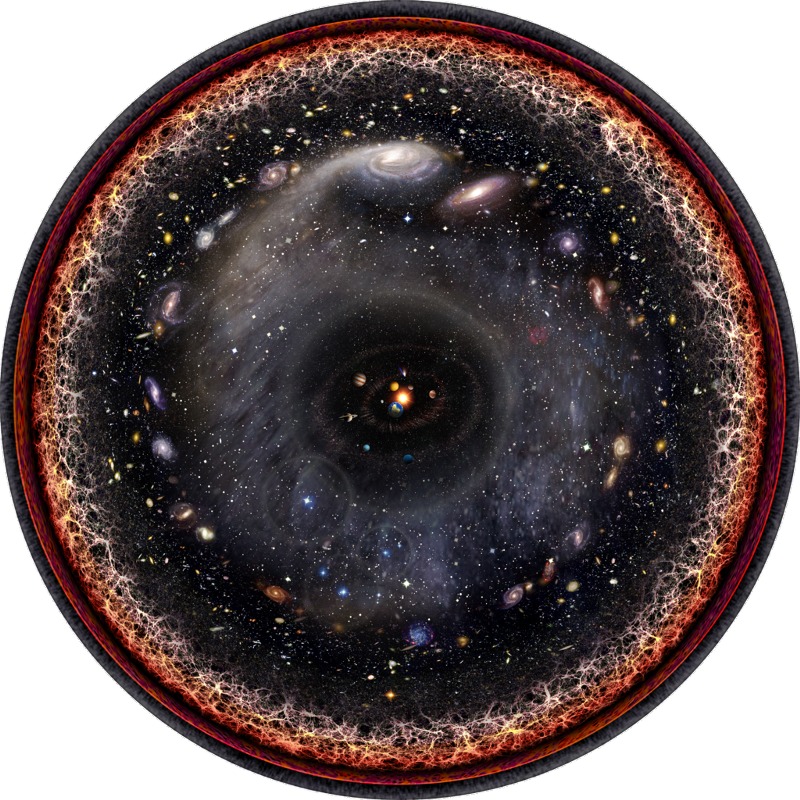
Nevertheless, returning to the question, we still see the KMI, which today corresponds to the area that is 45.3 billion light-years from us. The fact that we still see KMI means that the Big Bang happened everywhere at the same time, in the area of space with a radius of at least 45.3 billion light years, from our point of view.
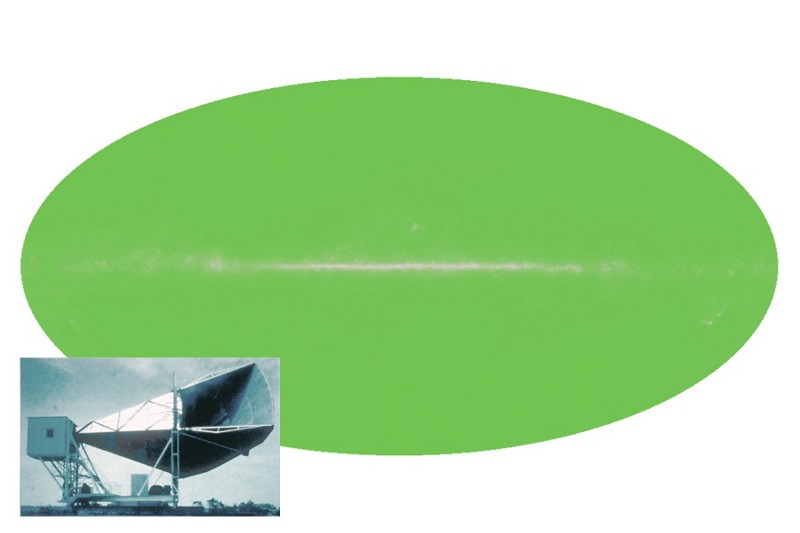
And the fact that KMI in all directions not only exists, but also has a similar temperature, means in the context of the inflationary Universe that the expanded volume of the observed Universe initially occupied no more than 10 -29 m (or less than one trillion from 1% of the photon size ), and grew no less than 10,000,000,000,000,000,000,000 times.
The size of that part of the Universe, which is visible to us today as an observable Universe, could initially be less than 10 -29 m, and the number of times into which it expanded could be arbitrarily more than 10 22 . There is no upper limit for this.
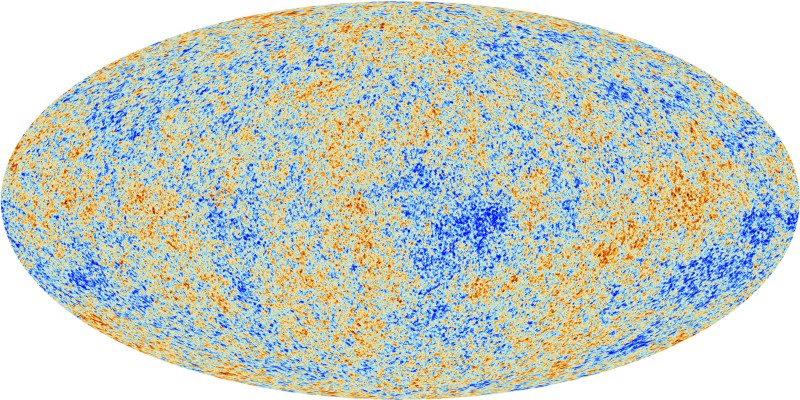
When we look at KMI, its homogeneity and small fluctuations, and we see that there are no repeating sections in its picture (i.e., the Universe does not show a closed topology), we can conclude from this that the Big Bang occurred everywhere simultaneously in a large region - from our point of view.
Also, this knowledge gives us the lower limit of the duration and scale of inflation - about which we already know a lot - and connects it with the observable Universe. The KMI is still with us, since the Big Bang that occurred at the end of inflation occurred in a huge region of space, certainly not smaller than the Universe that we observe, containing KMI. Most likely, this region is even larger, and not only all observers in the entire Universe see approximately the same KMI, but we will continue to see it (albeit with a red shift) in the future.
Thank you for the wonderful question, and I hope that the explanation has been made clear for you and for the rest. Send me your questions and suggestions for the following articles.
Source: https://habr.com/ru/post/369507/
All Articles